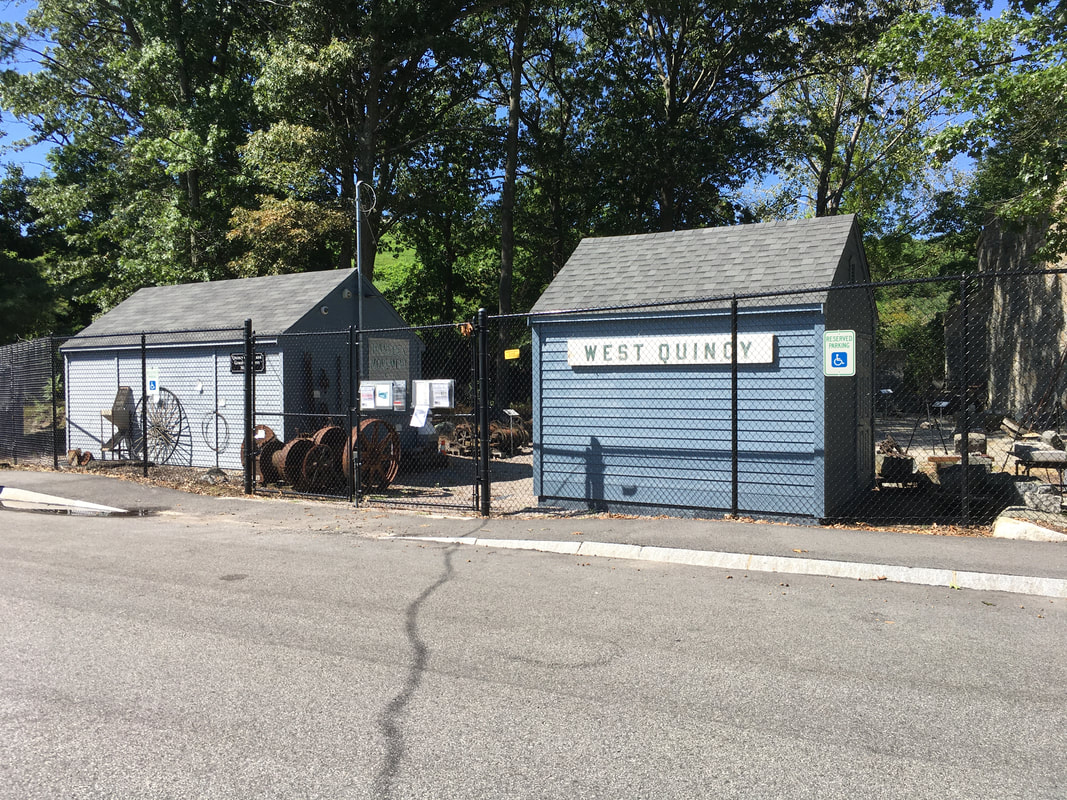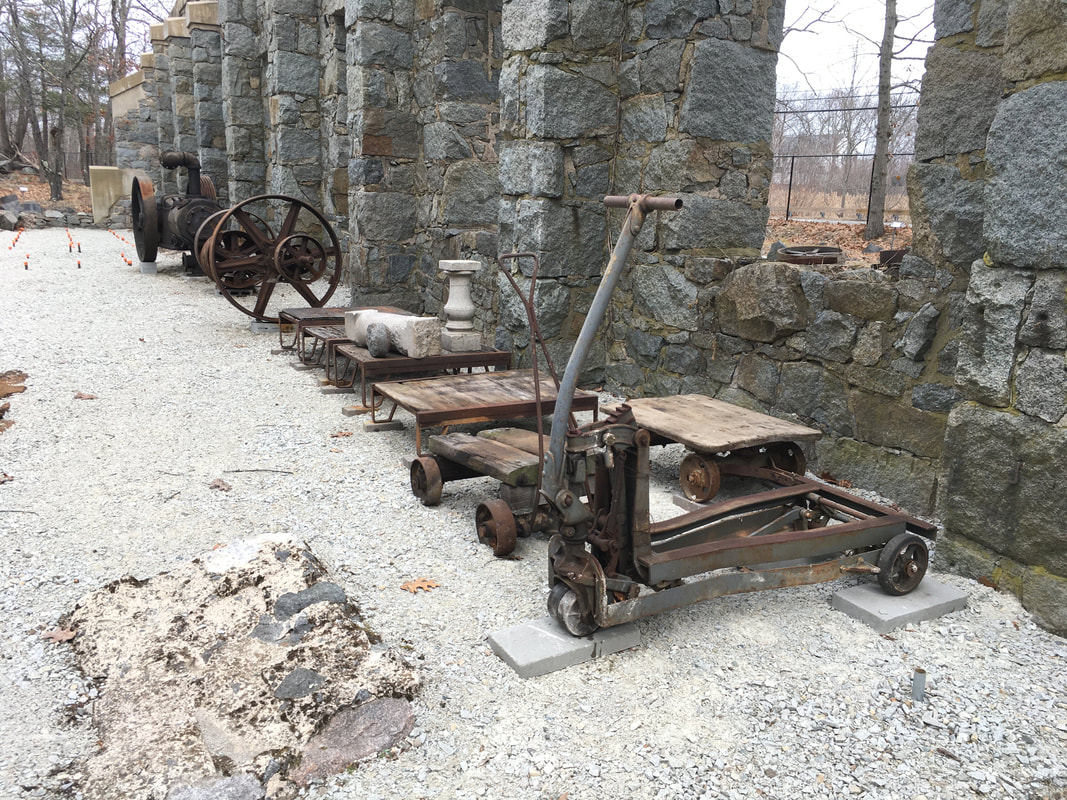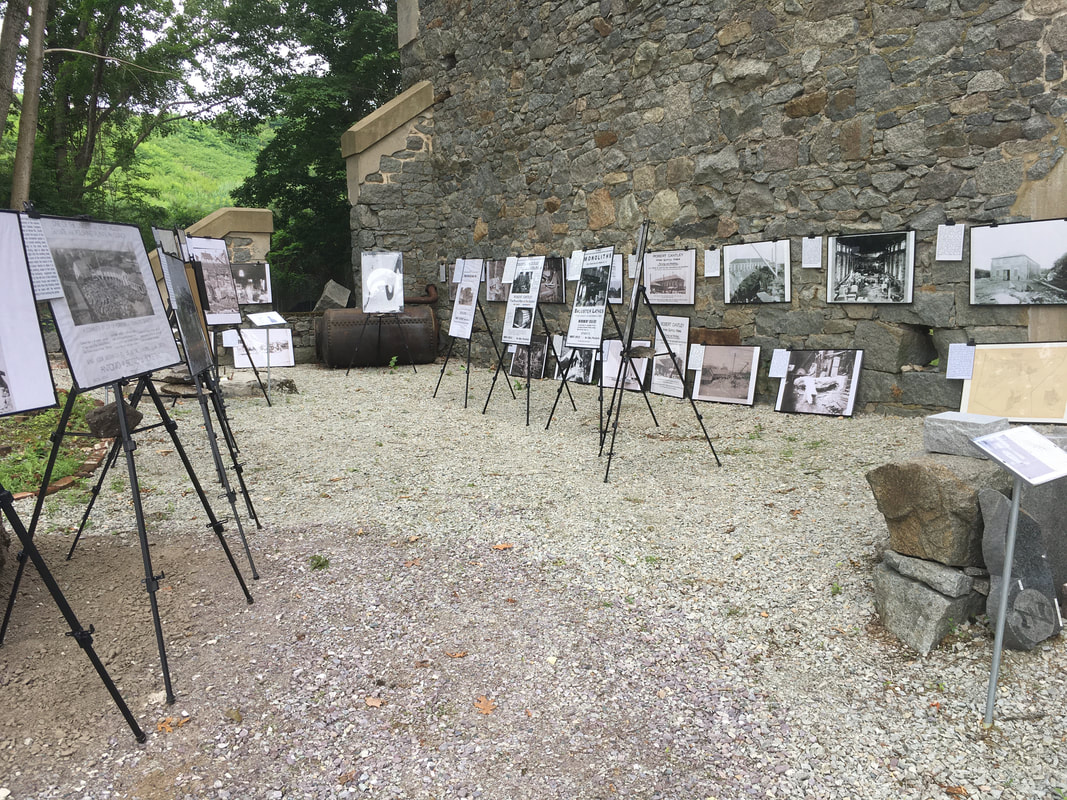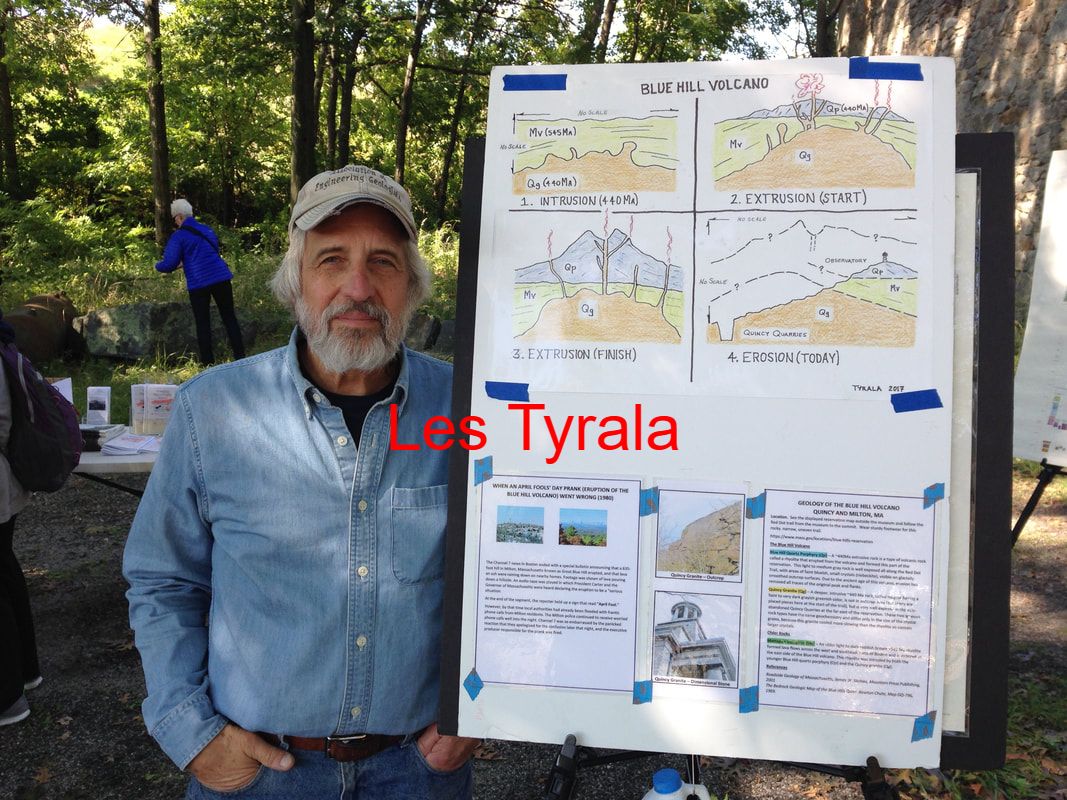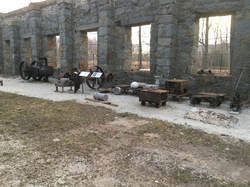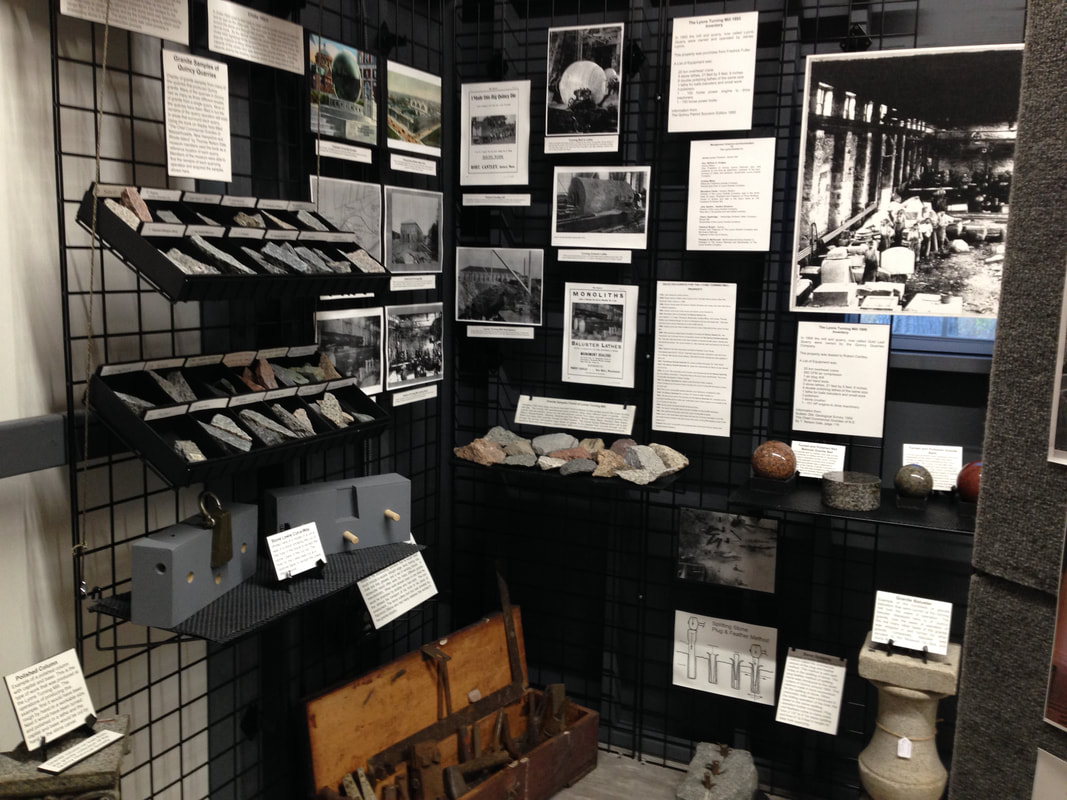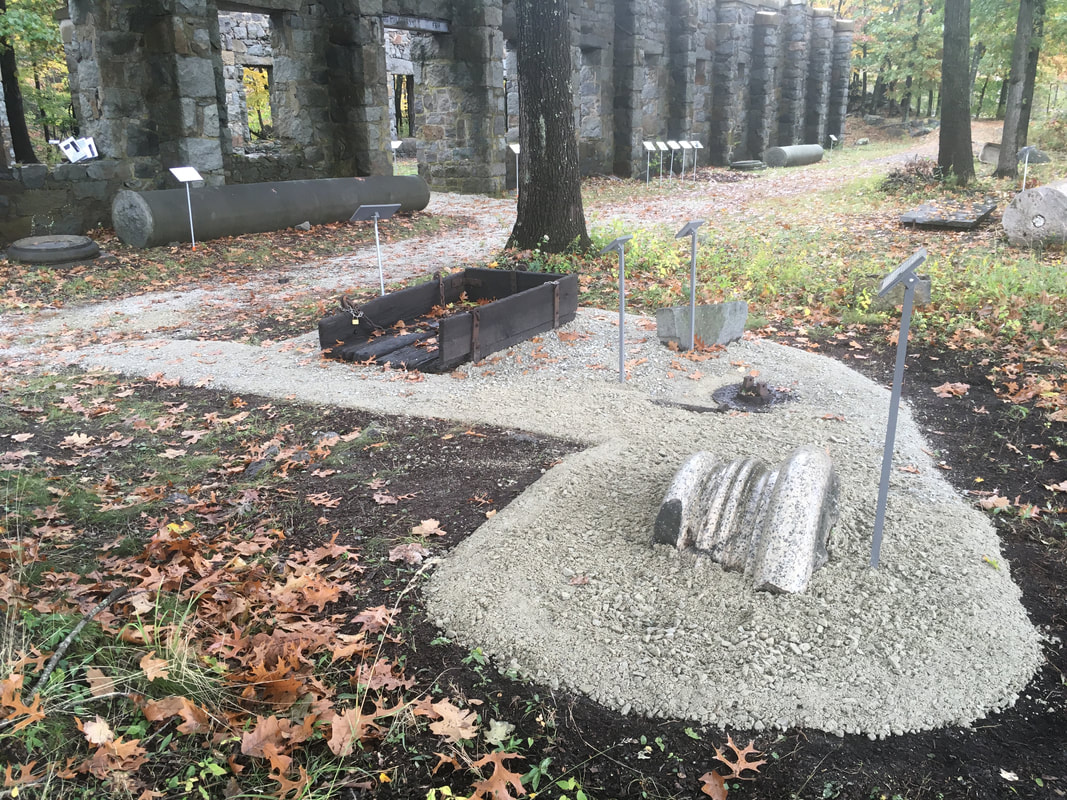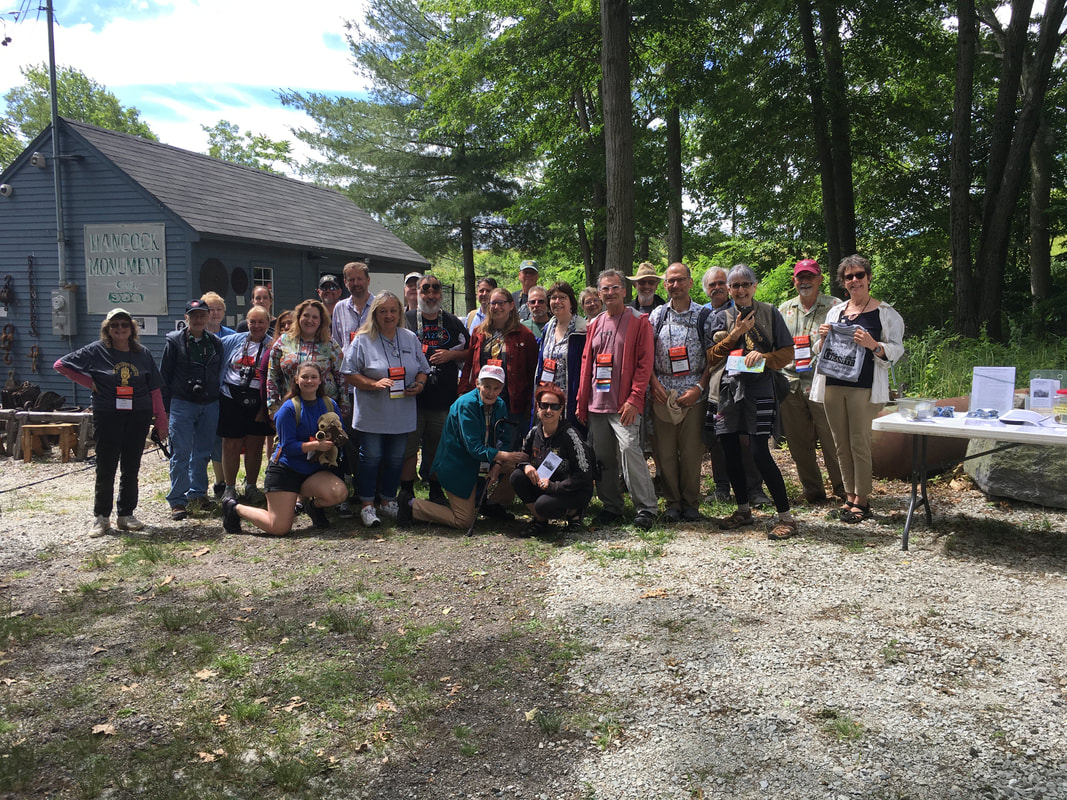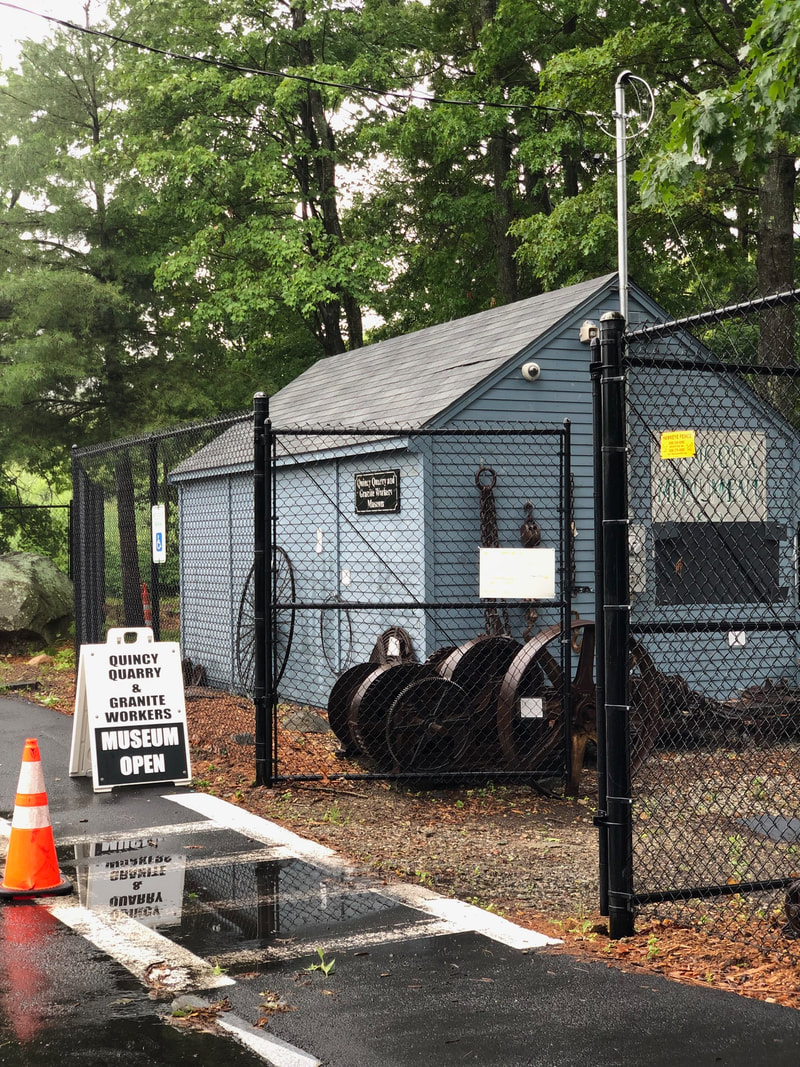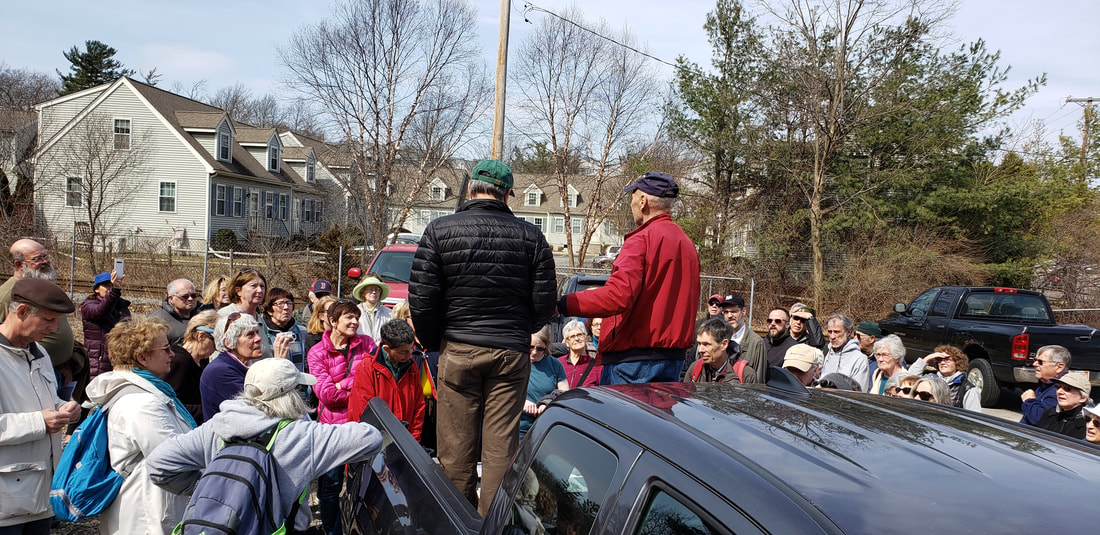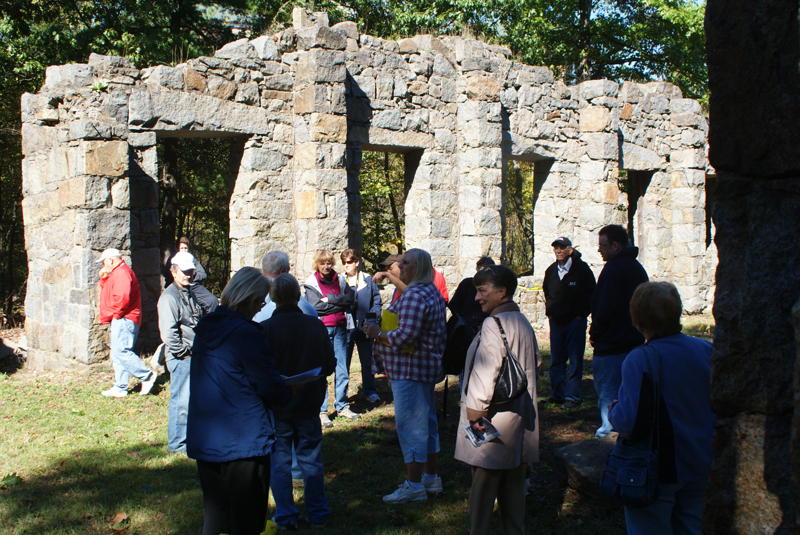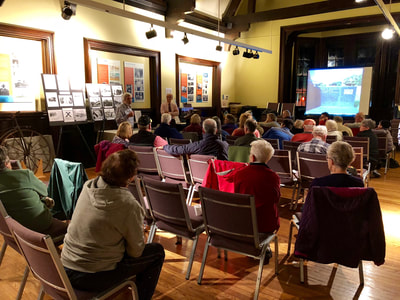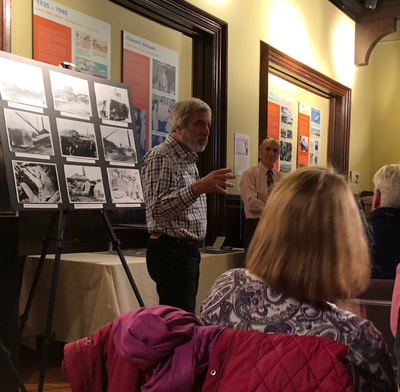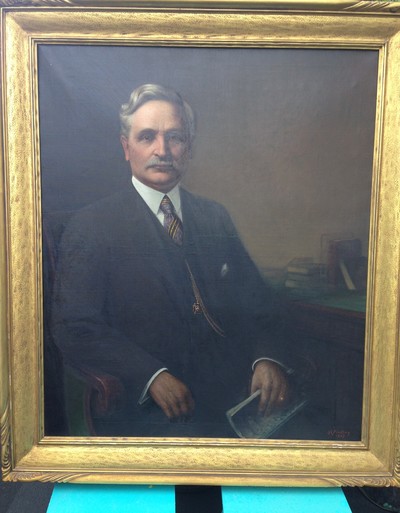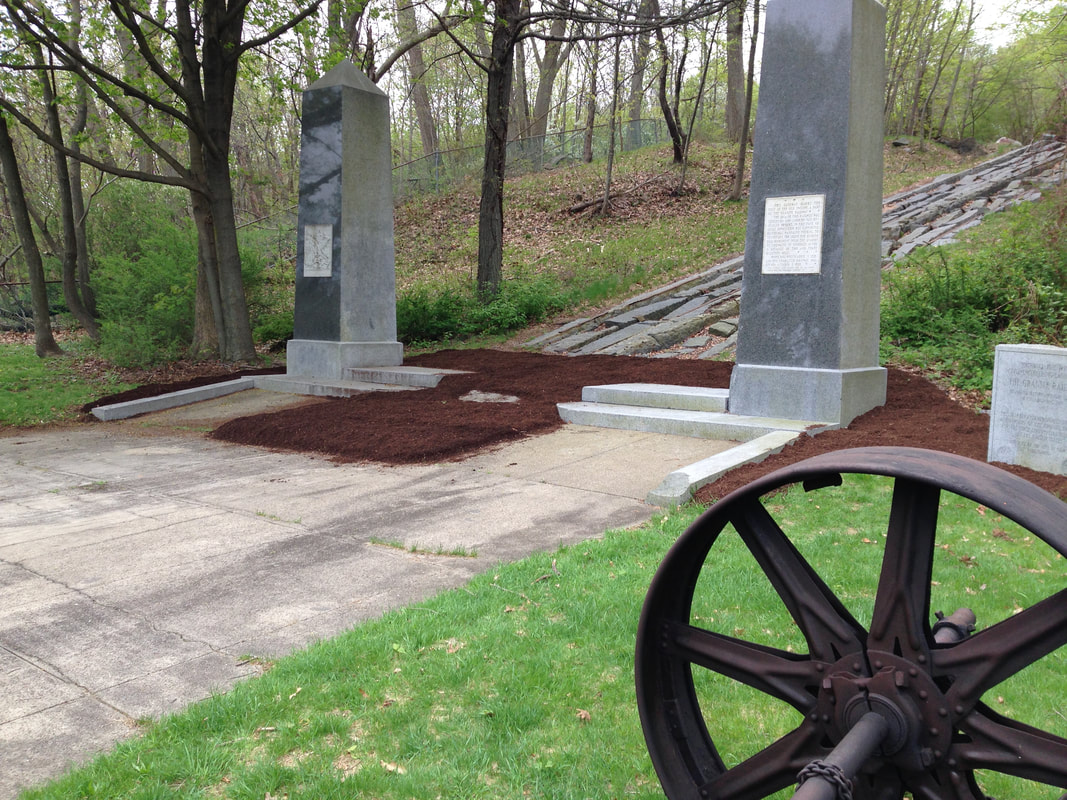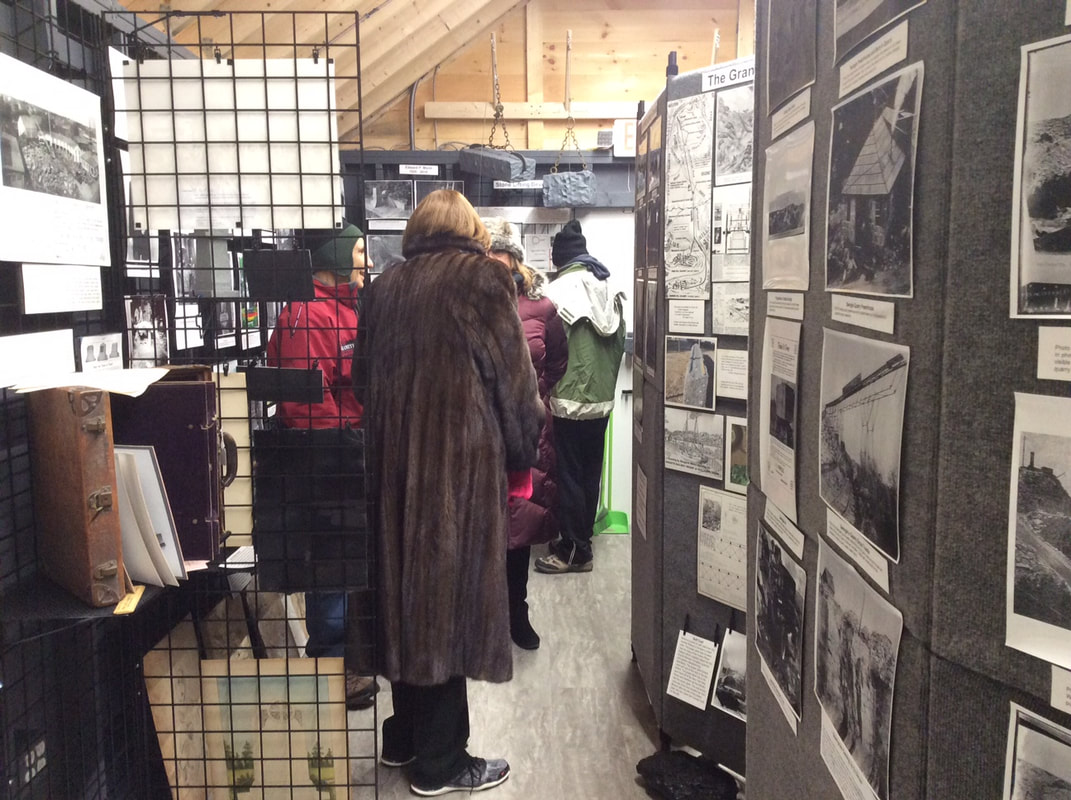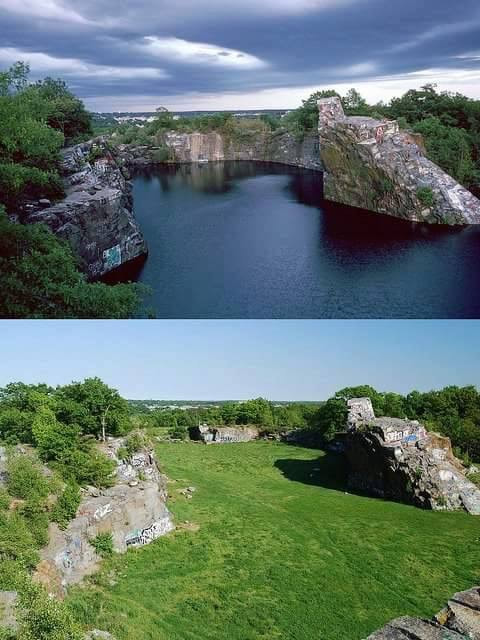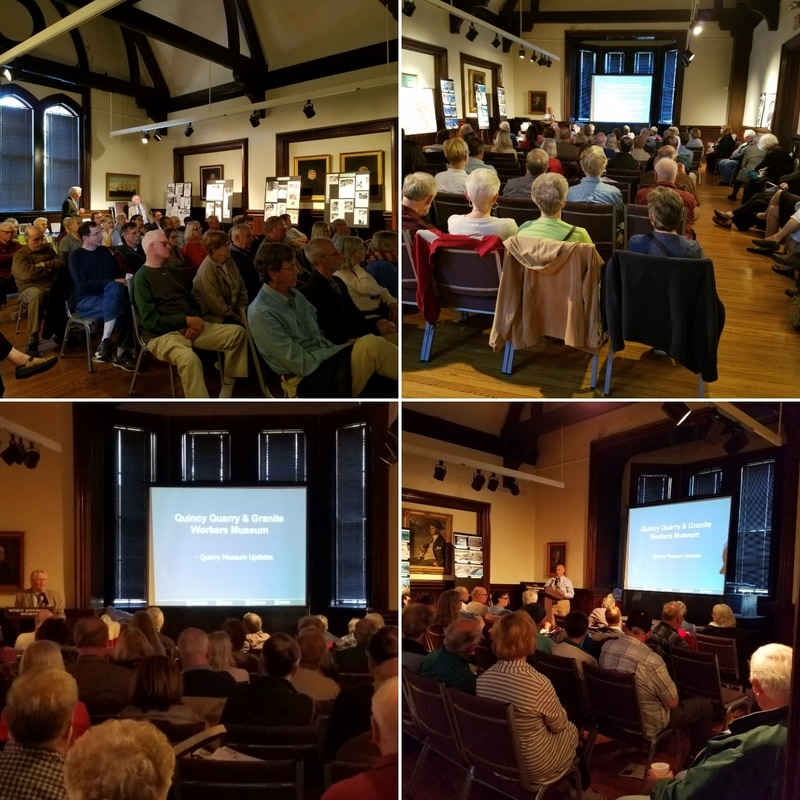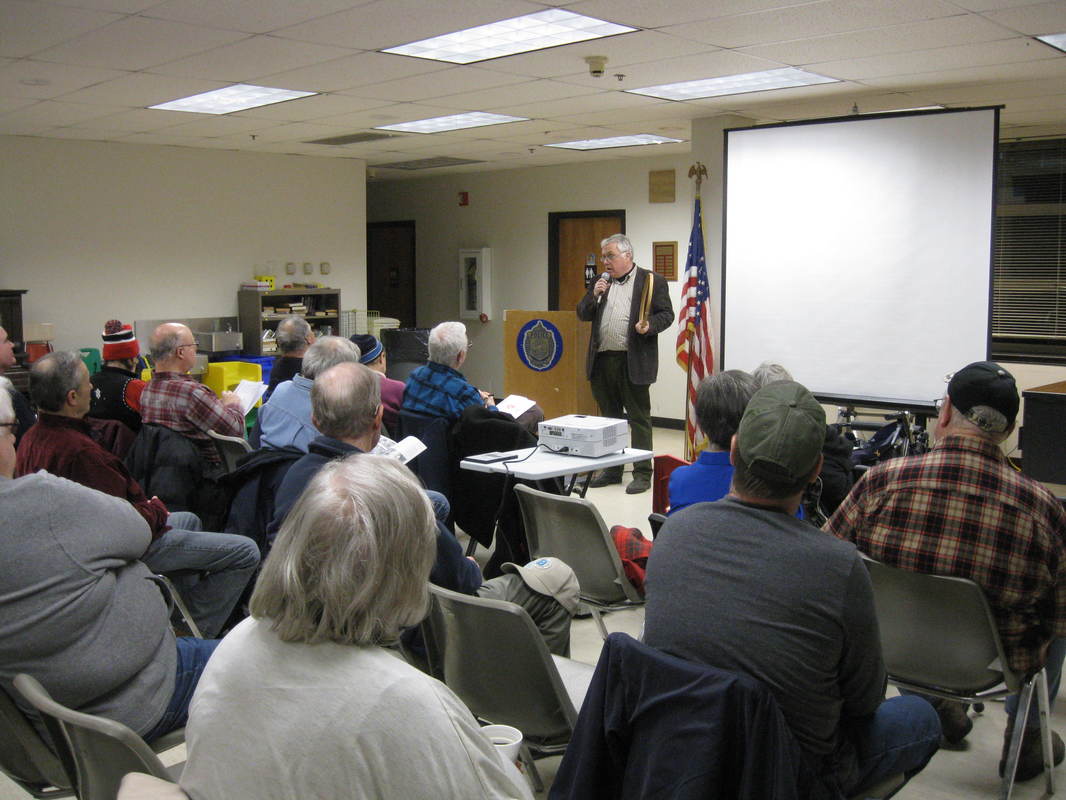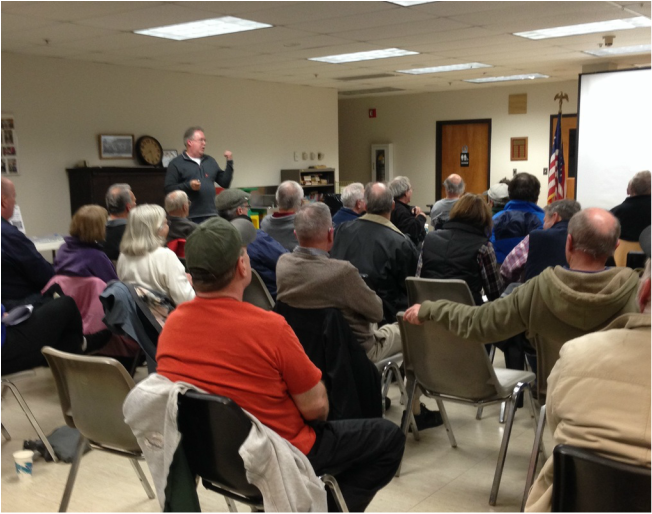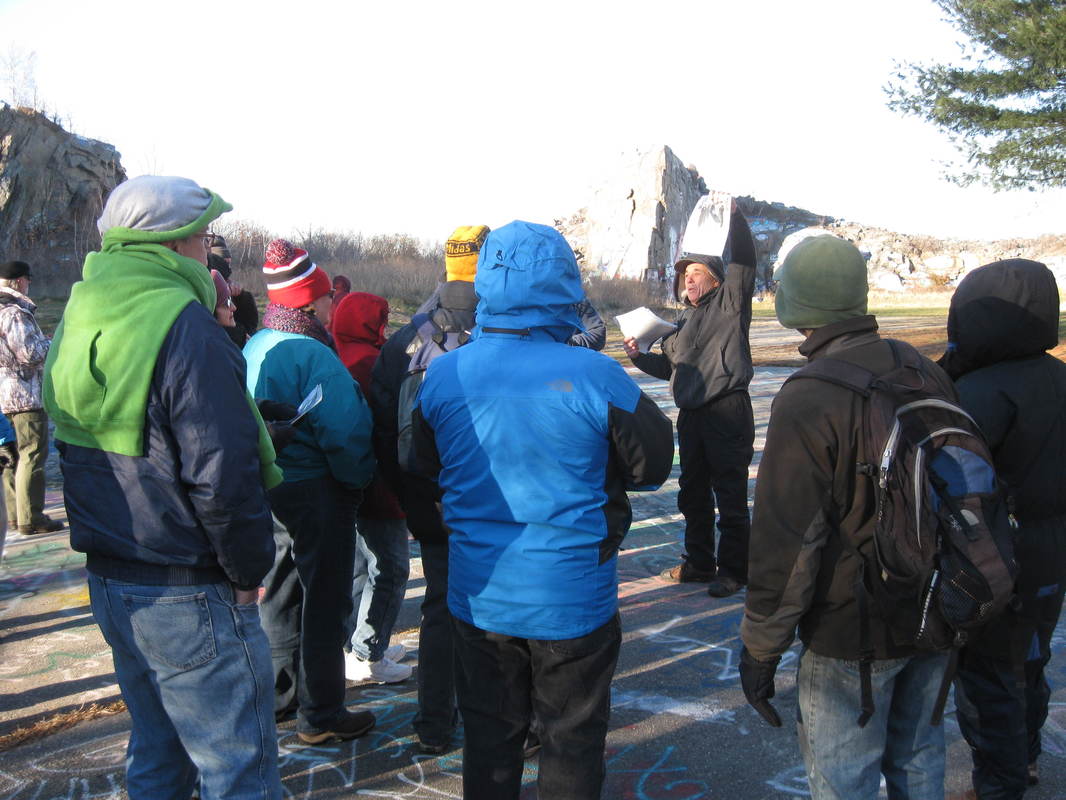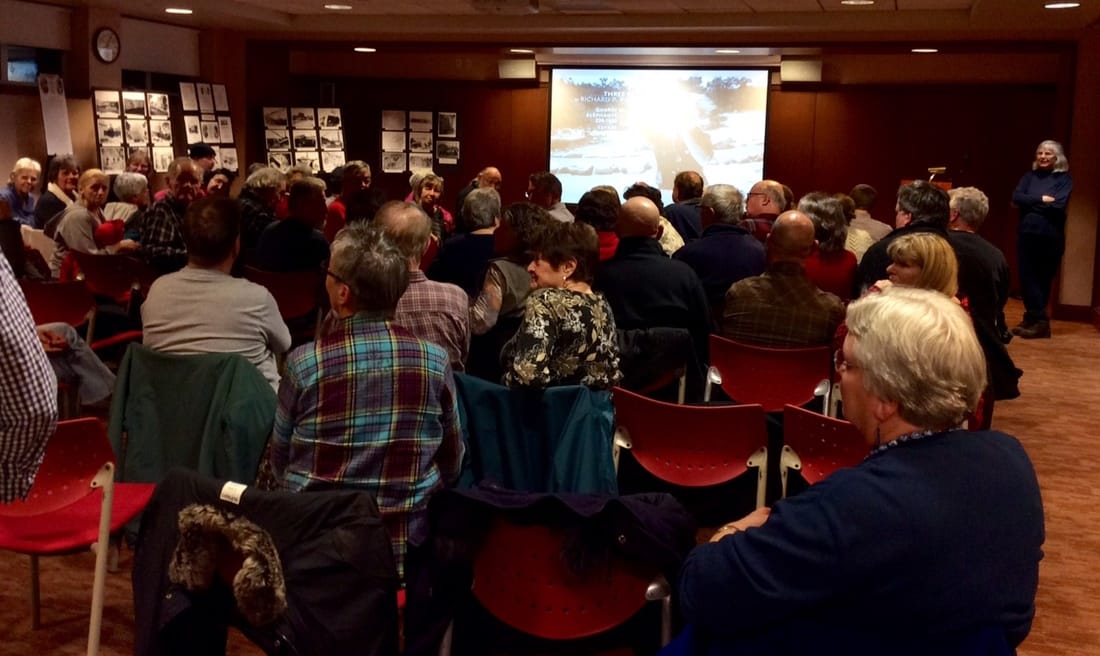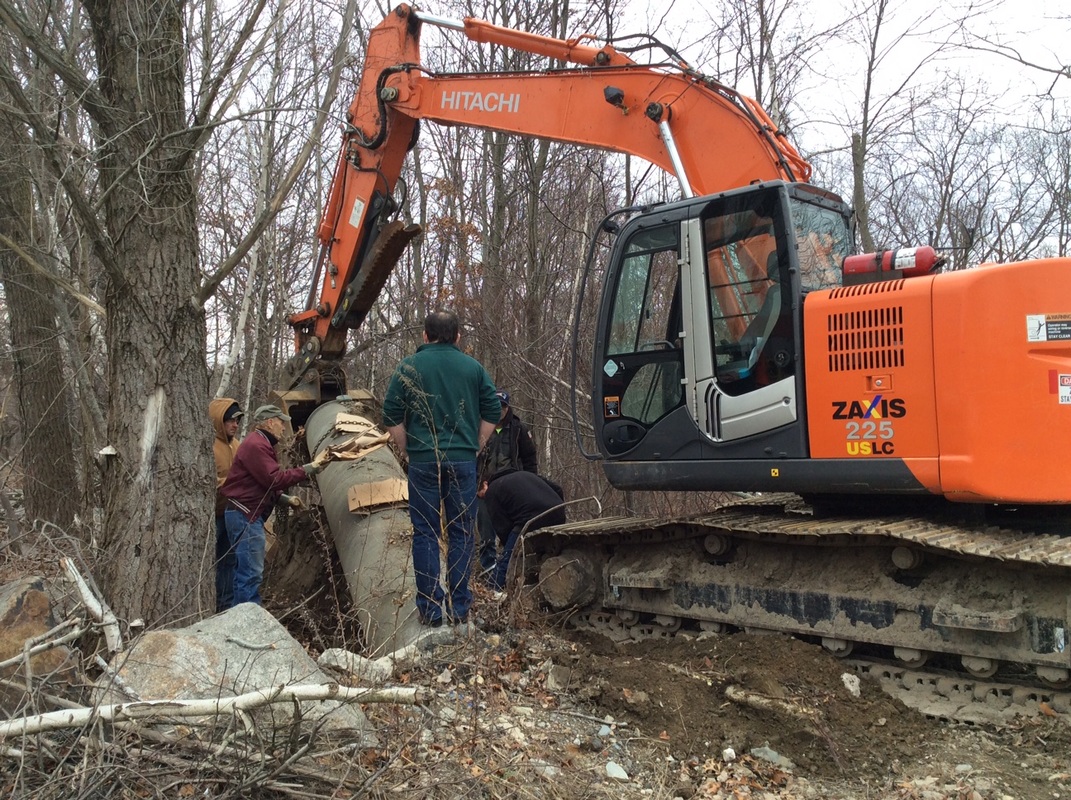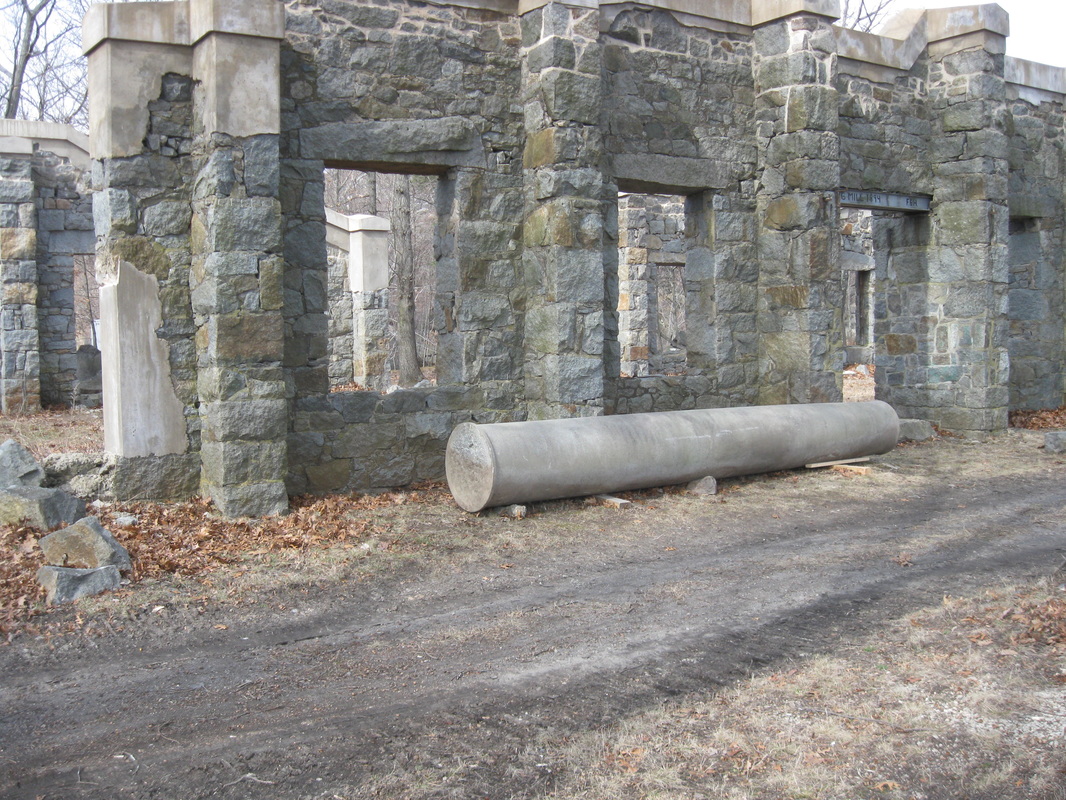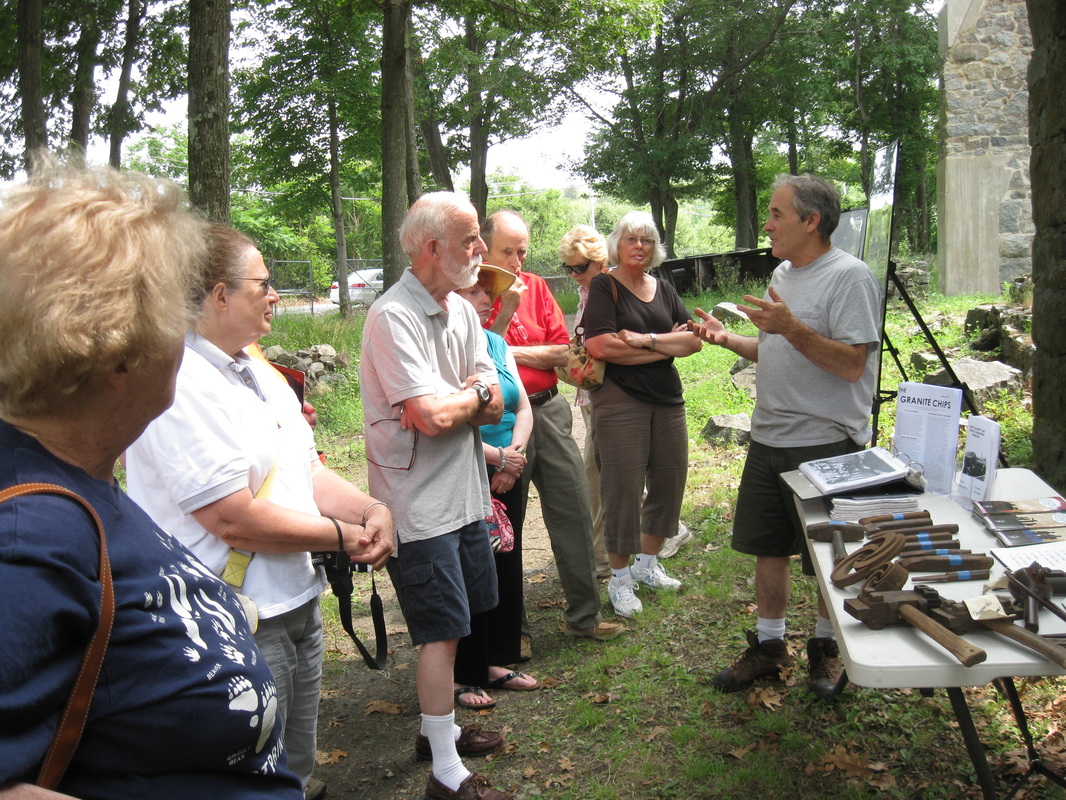Current Events & Happenings
|
Lyons Turning Mill Tour
The Quarry Museum took part in the Quincy Chamber of Commerce Discover Quincy 50 Days of Freedom opening the Lyons Turning Mill. The museum conducted tours of the mill and grounds and displayed photos of the mill when it was in operation in 1894. Also on display were stone cutting tools of that era. Tom Bonomi, museum member, giving an introduction of the mill and tools used at the mill.
The Quarry Museum took part in the Quincy Chamber of Commerce Discover Quincy 50 Days of Freedom opening the Lyons Turning Mill. The museum conducted tours of the mill and grounds and displayed photos of the mill when it was in operation in 1894. Also on display were stone cutting tools of that era. Tom Bonomi, museum member, giving an introduction of the mill and tools used at the mill.
Stabilization work at the Lyons Turning Mill
First phase capping o the fwalls is in progress. Work on the Lyons Turning Mill is being funded by the Quincy Community Preservation Committee and Quincy Quarry and Granite Workers Museum. The work is being done
by Folan Waterproofing and Construction Co. of So. Easton, MA. Progress will beupdated on our web site.
by Folan Waterproofing and Construction Co. of So. Easton, MA. Progress will beupdated on our web site.
Swingle's Bridge Plaque
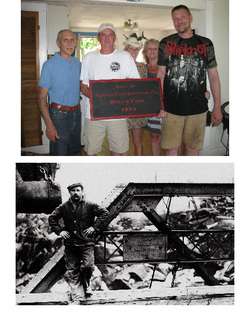
Swingle's Bridge Plaque
Quarry Museum received the plaque from the bridge that spanned a portion of Swingle's Quarry that was constructed in 1904.
The plaque was donated by Virginia and Berine Sweeney in memory of Berine's father Bernard Sweeney and William Yuscavitch.
Top photo
L to R Al Bina accepting plaque, Berine Sweeney his wife Virginia, Silvia Yuscavitch and Bill Yuscavitch.
Bottom photo
Historical photo from the Thomas Crane Library's Parker Collection showing a quarry worker standing on the bridge next to the
plaque.
Quarry Museum received the plaque from the bridge that spanned a portion of Swingle's Quarry that was constructed in 1904.
The plaque was donated by Virginia and Berine Sweeney in memory of Berine's father Bernard Sweeney and William Yuscavitch.
Top photo
L to R Al Bina accepting plaque, Berine Sweeney his wife Virginia, Silvia Yuscavitch and Bill Yuscavitch.
Bottom photo
Historical photo from the Thomas Crane Library's Parker Collection showing a quarry worker standing on the bridge next to the
plaque.
